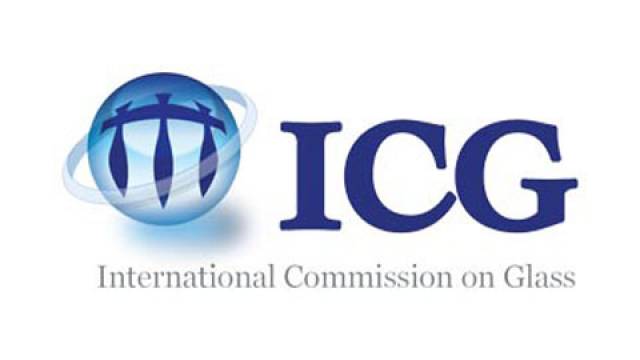Over the past 60 years, the General Assembly of the United Nations has recognized important global initiatives and their contributions to society with declarations of United Nations International Years. Across the globe, United Nations resolutions have enabled professional societies, museums, journals, and academia to recognize and celebrate their history, their current state, their future, and their major contributions to society.
These United Nations declarations of major fields of international endeavour have stimulated renewed contributions to society world-wide. In the 21st century, the United Nations has recognized the International Year of Astronomy (2009), the Year of Chemistry (2011), the Year of Light and Light-Based Technologies (2015), and, in 2019, the Year of the Periodic Table and the International Year of Indigenous Languages.
Against this storied background, an international groundswell has arisen to pursue a United Nations International Year of Glass for 2022 that will underline the technological, scientific and economic importance of glass—the transparent material that can facilitate emergence of a more developed, just, and sustainable societies to meet the challenges of globalization. There are plenty of arguments supporting the significance of glass as an enabling material for building a sustainable society.
With its unparalleled versatility and technical capabilities, glass material has fostered numerous cultural and scientific advancements in communications, optics, energy, and medicine.
- Optical fibers are the physical support that permitted the change of paradigm that gave rise to the global communications revolution; they are the backbone of the internet development and the globalization process. Glass is the main support of a knowledge society.
- Clean energy technology involves glass as a key material for solar (PV and CSP) energies, for reducing the carbon footprint with wind energies and carbon capture and sequestration (CCS), also increasing safety of nuclear energy with vitrification of hazardous waste.
- Bioglass compositions have advanced more effective health care with their ability to integrate with human bone, stimulate the human body’s natural defense to heal flesh wounds, permit bone repair and tissue design and regeneration, resolving hearing and dental issues.
- Optics and optoelectronics have evolved from creation of Galileo’s telescopes to the James Webb space telescope, able to study the very first moments after the big bang to expand understanding of the Universe.
In summary, glass is the transparent tool allowing to build a sustainable planet with more developed and just societies. But glass involves much further than science. Glass is also art, the history of this material sharing the history and evolution of human kind.
The concept of a United Nations International Year of Glass was first introduced at the 2018 fall annual meeting of the International Commission on Glass (ICG) in Yokohama, Japan. Encouragement received at this meeting gave rise to renewed effort to secure a United Nations International Year of Glass for the year 2022, to coincide with ICG’s International Congress on Glass in Berlin, Germany during the 100th anniversary of the German Society of Glass Technology.
The initiative to solicit the United Nations to declare a resolution for an International Year of Glass evolved from a series of events in recent years. In 2014 Corning Incorporated introduced arrival of the “Glass Age.” A special issue of the International Journal of Applied Glass Science published the article “Welcome to the Glass Age” by Dr. David L. Morse and Dr. Jeffrey W. Evenson. Moreover, the idea of decoding the Glass Genome was introduced as a subset of the national goal to decode the Materials Genome.
Subsequently, this idea of a Glass Era was spearheaded in technical presentations at scientific meetings across the globe. In May 2019, the ICG, The Corning Museum of Glass, the American Ceramic Society and the Glass Art Society endorsed this initiative to the Office of the US Mission of the United Nations in New York City. A meeting in Madrid with the UN Ambassador from Spain further encouraged the effort to promote and lead this historical undertaking.
At a celebration in Boston, MA, June 11, 2019, the Council of the International Commission on Glass strongly supported and approved the initiative and agreed to bring the proposal to the United Nations. The Community of Glass Associations organized by Italian glass manufacturers and machinery associations, gathering glass associations, journals and magazines of the glass field met July 10-12, 2019 in Venice, Italy, and added the most recent strong support to the initiative.
A UN Year of Glass in 2022 would underline the technological, scientific and economic role of glass and the importance of a year of glass for improving the performance and development of key technologies that contribute to meet the challenges of a sustainable society.
Extensive planning is now underway at the international level to make possible a UN Year of Glass. Part of this planning process is to reach out to both art and scientific glass-themed societies and museums and share this concept with them. Formal endorsements will be requested to permit arriving to a successful resolution at UN General Assembly in July 2020.
Meanwhile, in anticipation that a UN Declaration of a Year of Glass will be achieved, all are encouraged to begin thinking about how their respective organizations could participate in this once in a lifetime historical chapter in the history of glass. Securing a Year of Glass would the first time a material has been celebrated in this manner.




